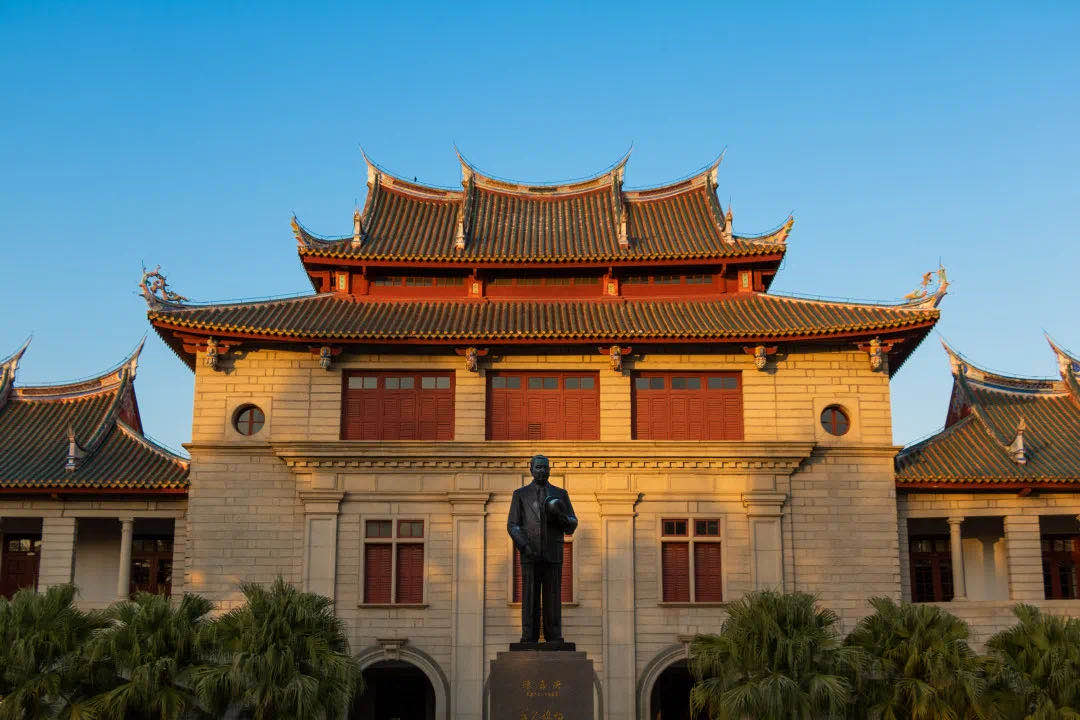Nanputuo Temple
Nanputuo Temple has a history dating back to the Tang Dynasty. It was expanded during the Ming Dynasty and renovated during the Qing Dynasty. Facing the harbor and worshipping Guanyin (Goddess of Mercy), the temple is akin to the Guanyin Temple on Putuo Mountain in Zhejiang Province, hence its name "Nanputuo" (literally, "South Putuo"). The temple is nestled snugly at the foot of five soaring peaks–the Bell Peak (the First Peak), the Second Peak, the Middle Peak (the Third Peak), the Fourth Peak, and the Drum Peak (the Fifth Peak).
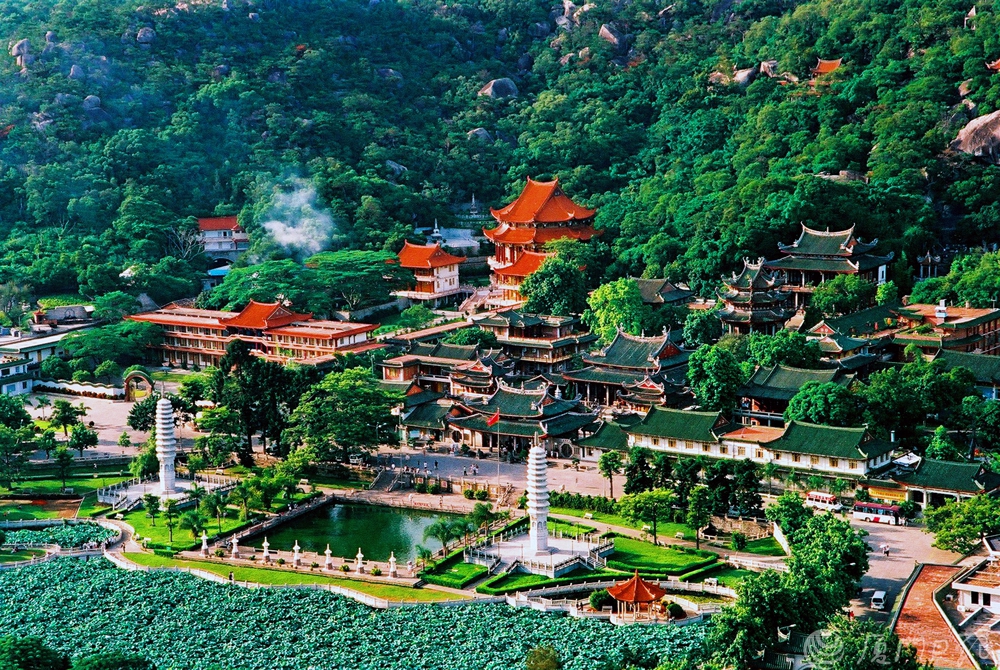
Kulangsu
Kulangsu is a symbol of Xiamen, and has been praised as "Island of Music" and "Exposition of Worldwide Architectures". Kulangsu covers an area of 1.87 square kilometers, and has famous tourist attractions like Sunlight Rock, Shuzhuang Garden and Harmonium Museum.
As the tide comes in, the waves hit rocks, producing great sound like beating drums, and this is how Kulangsu gets its name. Here you may stroll to a quiet lane, or take a sunbath on the beach; there are Chinese and western architectures of various features, and natural scenery that will make poets and literary men want to compose poems and prose.
Shu Ting, a famous poet, said: "Kulangsu has tied me to her skirt. Neither can she get rid of me, nor can I leave her." Indeed, Kulangsu is a beautiful place that people would find it hard to forget.
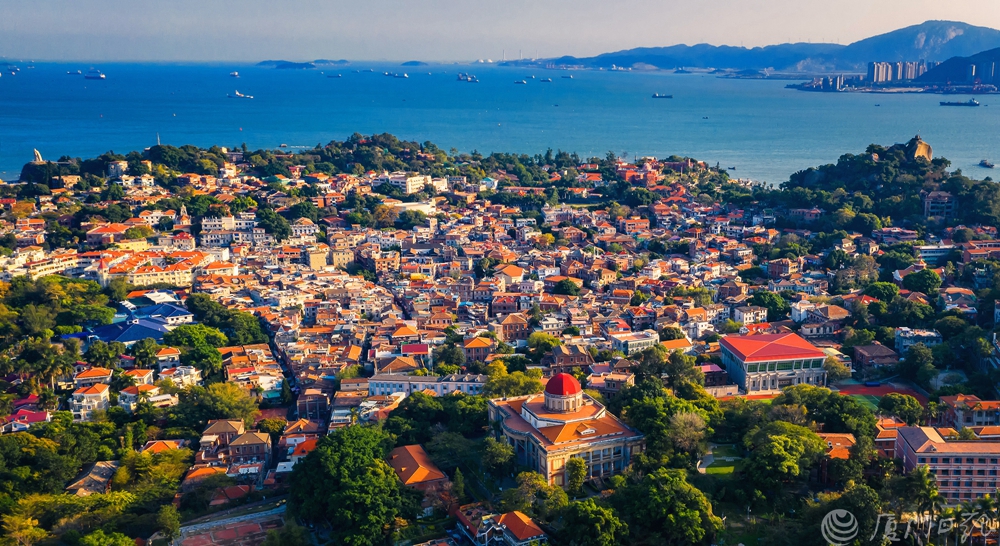
Xiamen Botanical Garden
Xiamen Botanical Garden is the first of its kind in Fujian Province, and has an area of 4.93 square kilometers. Sitting in the cradle of mountains and lakes, the Garden is the host of a variety of tourist attractions, including over 7,000 kinds of plants and many precipice inscriptions. Here you can get away from the hustle and bustle of city life.
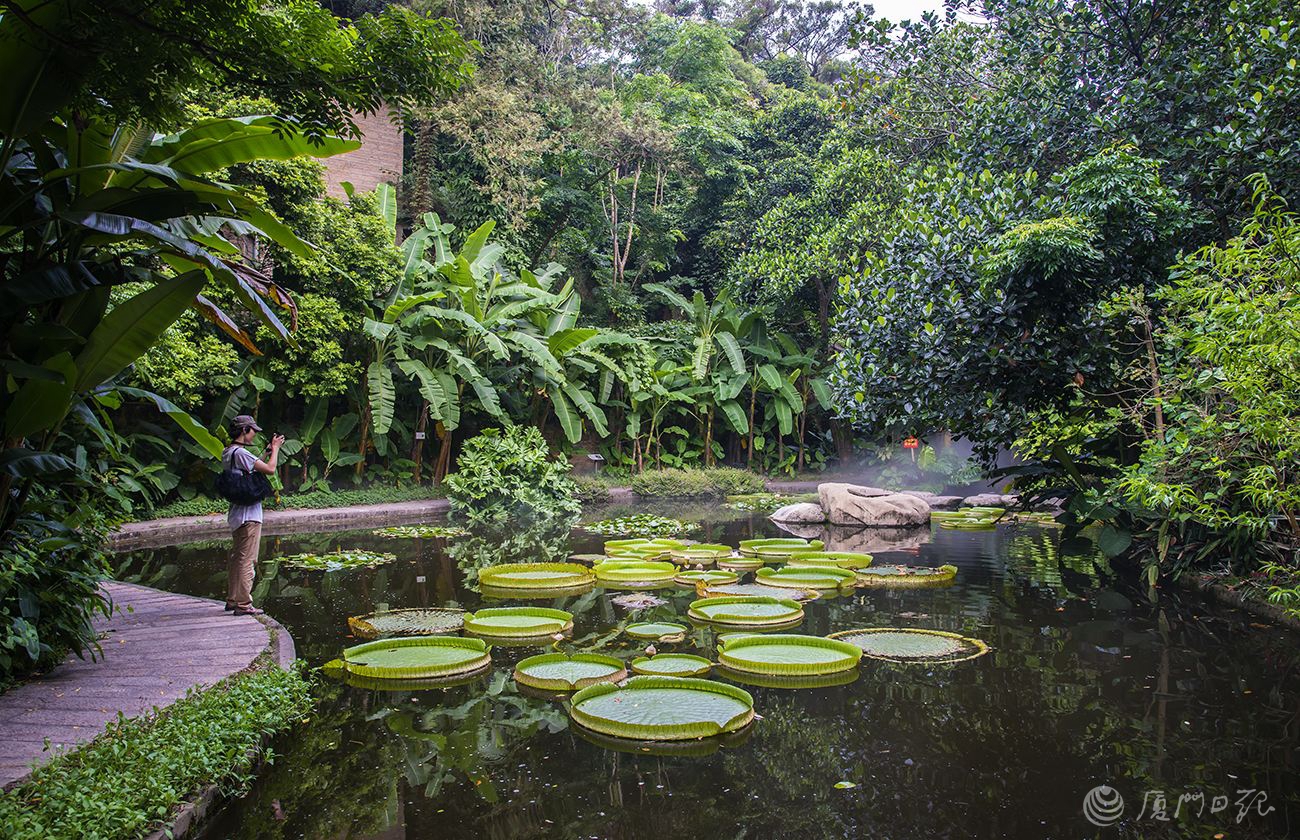
Railway Park
The Railway Culture Park which is situated between Wenping Road and Heping Pier used to be a part of Yingtan-Xiamen Railway. The old railway tracks had been wasted for years until 2011 when the construction of the Railway Culture Park began. Today it is a belt-shaped park which connects neighboring scenes and trails.
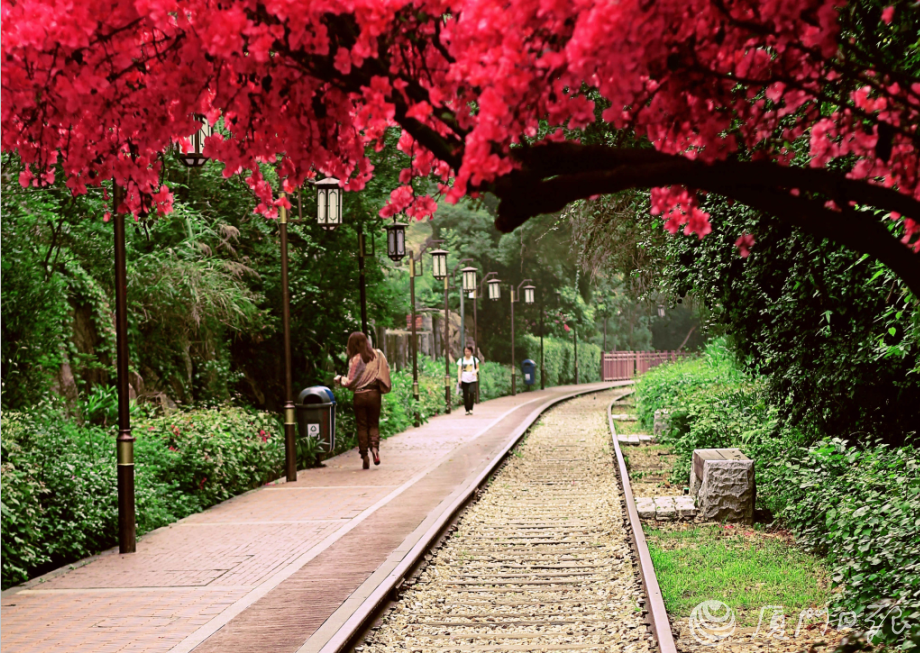
Yundang Lake
Yundang Lake was originally called Yundang Port. Historically, the northern shore of the port was flanked by a massive grove of giant bamboo trees known locally as "Yundang", hence the lake's current name. Land reclamation in the 1970s turned the port into a 1.7-square-kilometer lake, with a 400,000-square-meter terrace in the middle, called "Bailuzhou".
The lake has a fascinating nightscape that originated from the erstwhile "Yundang Fishing Lights". The areas around the lake contain a large number of sightseeing, leisure, recreational, fitness, shopping and catering facilities. Being the geographic center of both the city's old and new urban districts, the lake is a testimony to the extraordinary changes of the city over the time.
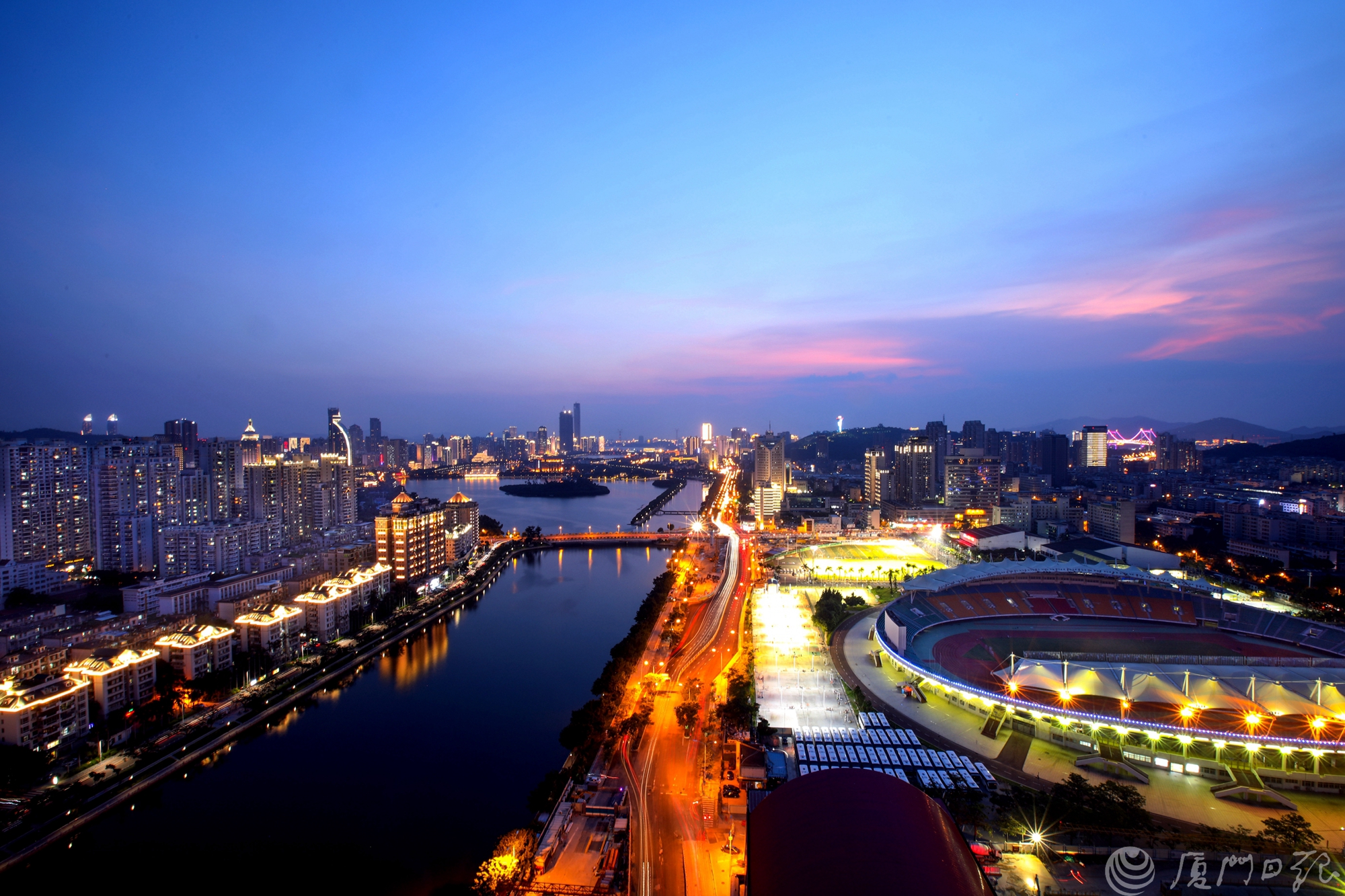
Zhongshan Road
Located at the southwest of Xiamen Island, Zhongshan Road was built in 1925 and is about 1.2 kilometers long. Since its establishment, Zhongshan Road has been the economic center of Xiamen and is the only commercial street facing the sea in China. Zhongshan Road is the main commercial pedestrian street in Xiamen. It is 1,198 meters long and 15 meters wide. Most of the buildings along the street were constructed by the returned overseas Chinese in 1920s. Nowadays there are hundreds of department stores, restaurants, and theaters on both sides of the street, attracting both locals and tourists with endless array of beautiful commodities.
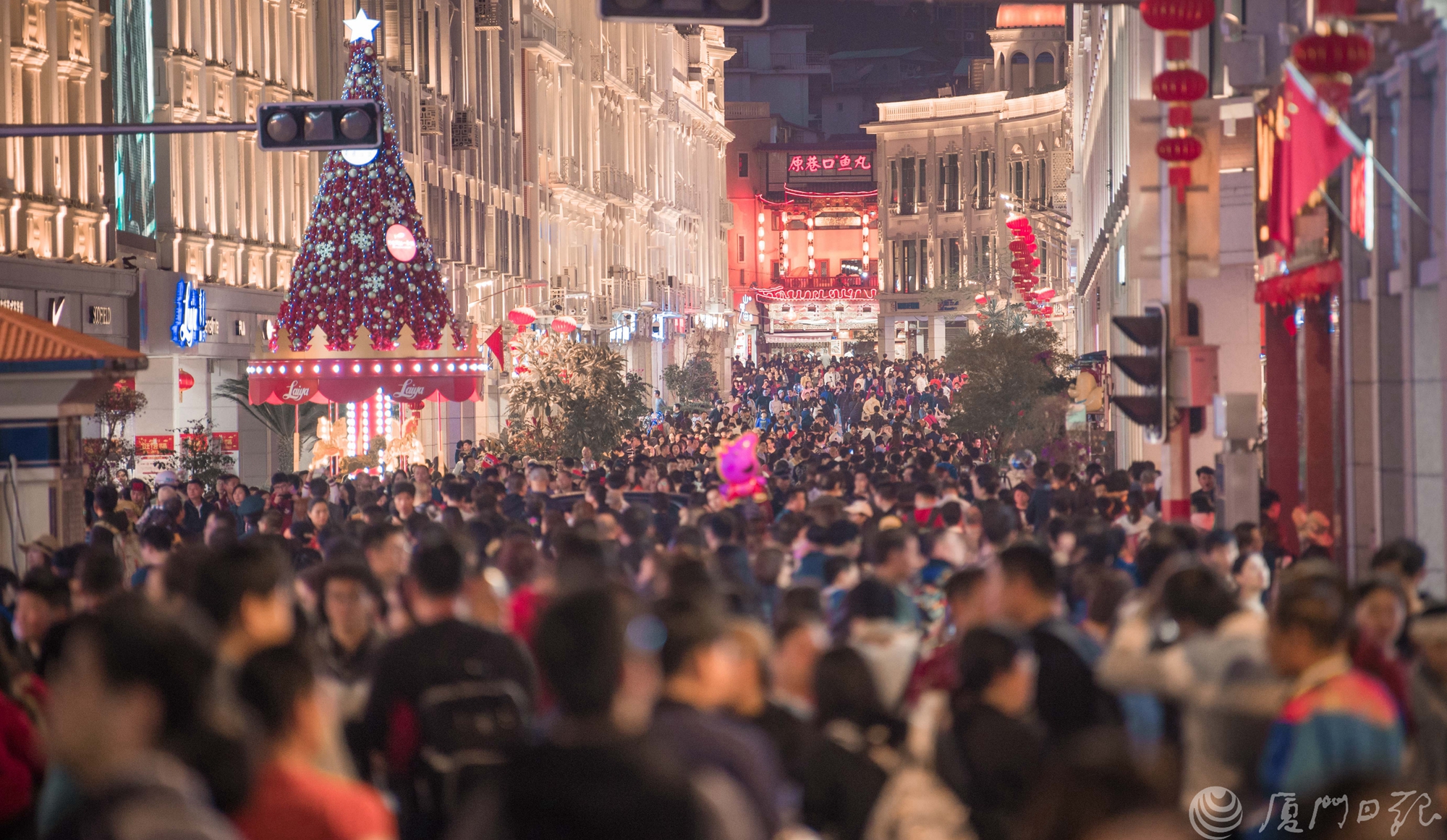
Zengcuo'an
Zengcuo'an has developed from a fishing village into an artistic village with a main population being students and young artists. Over the years, the art village has begun to take shape as more and more artists like sculptors, musicians, poets and travelers swarmed to this village. Strolling along the five streets and eighteen lanes of Zengcuo'an, you will encounter artistic pieces of all kinds of styles.
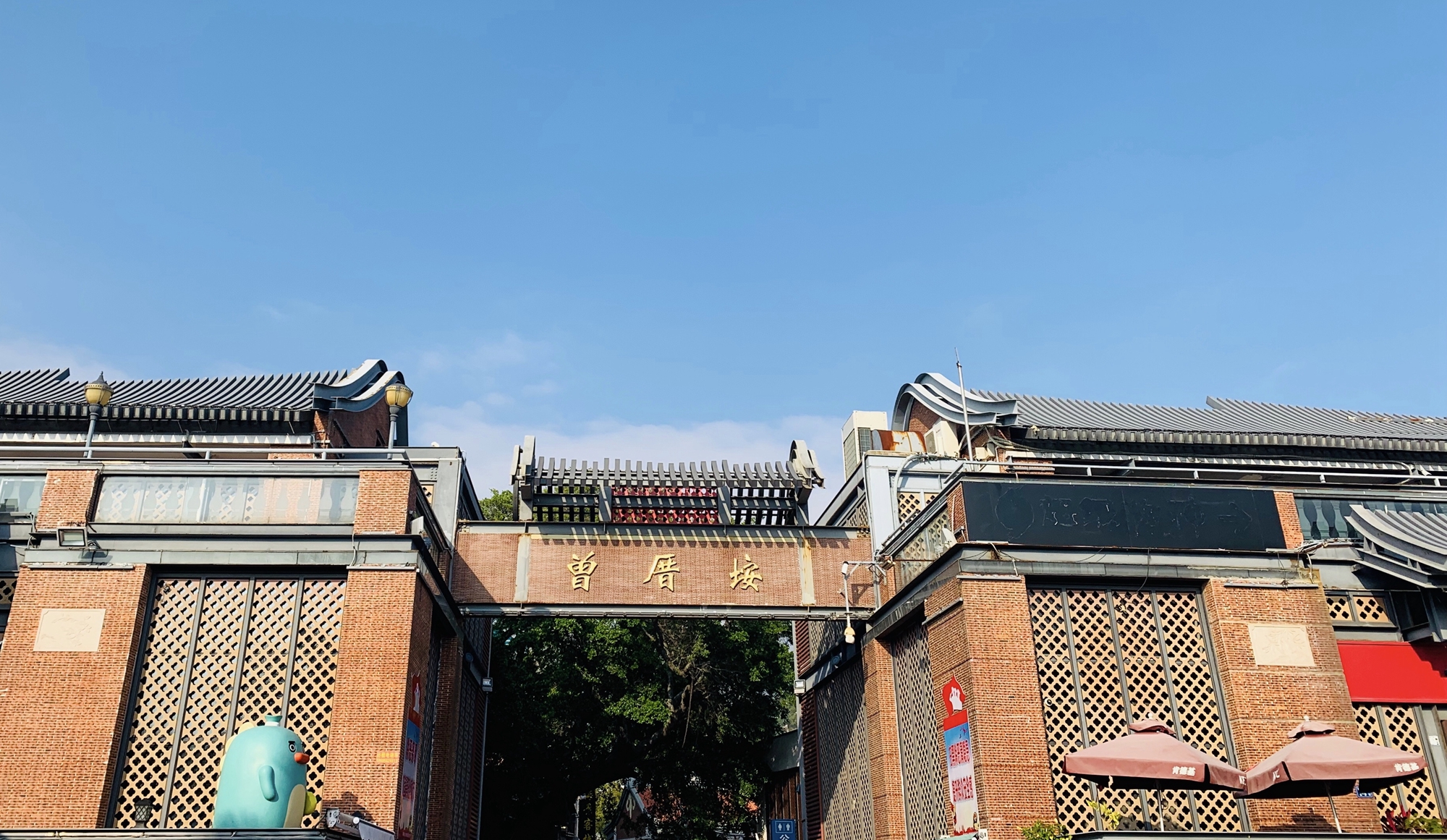
Shapowei
The old inhabitants of Xiamen called the coastal section of Siming South Road Shapowei, which is situated between Yanwu Road and Dashengli. Sha Po Wei is the only shelter dock in downtown Xiamen and represents the memories of the old Xiamen locals for the ocean. Now it has become a great place of seafood and boutique shops. While Zengcuo'an is more of a neighborly and cozy place, Shapowei presents a rather international and refreshing appearance.
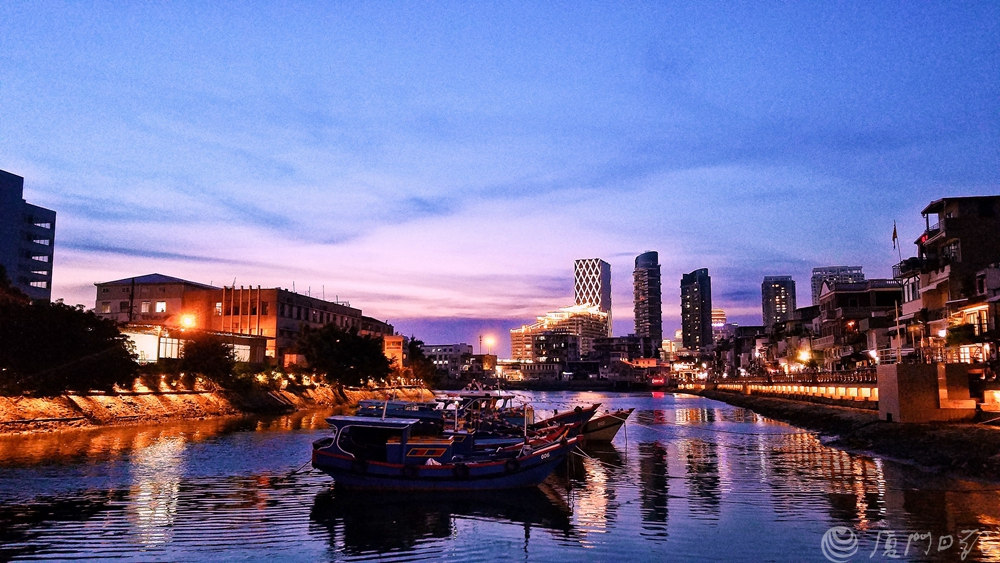
Xiamen University
Situated at the foot of mountains and beside the sea, Xiamen University boasts fascinating scenery. Together with its unique architecture, it is praised as the most beautiful university of China. Walking in the campus, you can see the classical red corniced architecture of Tan Kah Kee style. It is a blend of the swallow-tailed ridge and red-brick walls of the southern Fujian style and the high stone walls and flower-shaped window frames of the western style.
